2ND SUPPLEMENTARY BUDGET PLAN
입력 2021.07.02 (15:41)
수정 2021.07.02 (16:47)
읽어주기 기능은 크롬기반의
브라우저에서만 사용하실 수 있습니다.
[Anchor Lead]
This year’s second supplementary budget plan has been presented to the National Assembly. The budget amounted to 33 trillion won, the largest ever in terms of expenditure. The amount included disaster relief grants for the bottom 80% income brackets and for small businesses, and credit card cash back programs to revive spending.
[Pkg]
The latest disaster relief grants are given to the majority of Koreans with the exception of those that fall in the upper 20% income bracket. The recipients will be selected through the national health insurance payments.
[Soundbite] Ahn Do-geol(2nd Vice Minister, Ministry of Economy and Finance) : "Every Korean is insured in this health plan and the national health insurance payment is the most universal indicator of income and asset."
Based on the health insurance payment, the government estimates the cutoff line for the lower 80% income bracket to be an annual income of 100 million won for a family of four. This means 18 million households stand to receive disaster relief grants. Each individual in this group will get 250,000 won in aid. Those in the low-income group will receive an additional 100,000 won. A household of four members may be eligible for up to 1.4 million won in cash subsidy. There are exceptions however. Individuals with high-value assets will be excluded from the aid recipient group even if they belong to the bottom 80% of the income bracket, High-value assets are likely to be defined as a house worth more than 900 million won or financial gain from investments that exceed 20 million won. For double-income households, their combined health insurance payments will be the basis for reviewing eligibility. Since double-income households may not be eligible for the grants, the National Assembly representatives are expected to further discuss this matter.
[Soundbite] Yun Ho-jung(Floor Leader, Democratic Party (On TBS Radio)) : "Should we set the grant limit to 80%? I think we should extend the limit for double-income families."
Small businesses that incurred financial losses from disease prevention measures stand to receive up to nine million won in aid. The amount will vary depending on the scale of the revenue, the losses, and the duration of preventive measures the business had to endure. Financial help will be given to 1.13 million business owners who were ordered an operation ban or restriction between August 2020 and June of this year or those who suffered big declines in revenue. Authorities also look to revive spending by introducing a 10% credit card cash-back program for all citizens.
This year’s second supplementary budget plan has been presented to the National Assembly. The budget amounted to 33 trillion won, the largest ever in terms of expenditure. The amount included disaster relief grants for the bottom 80% income brackets and for small businesses, and credit card cash back programs to revive spending.
[Pkg]
The latest disaster relief grants are given to the majority of Koreans with the exception of those that fall in the upper 20% income bracket. The recipients will be selected through the national health insurance payments.
[Soundbite] Ahn Do-geol(2nd Vice Minister, Ministry of Economy and Finance) : "Every Korean is insured in this health plan and the national health insurance payment is the most universal indicator of income and asset."
Based on the health insurance payment, the government estimates the cutoff line for the lower 80% income bracket to be an annual income of 100 million won for a family of four. This means 18 million households stand to receive disaster relief grants. Each individual in this group will get 250,000 won in aid. Those in the low-income group will receive an additional 100,000 won. A household of four members may be eligible for up to 1.4 million won in cash subsidy. There are exceptions however. Individuals with high-value assets will be excluded from the aid recipient group even if they belong to the bottom 80% of the income bracket, High-value assets are likely to be defined as a house worth more than 900 million won or financial gain from investments that exceed 20 million won. For double-income households, their combined health insurance payments will be the basis for reviewing eligibility. Since double-income households may not be eligible for the grants, the National Assembly representatives are expected to further discuss this matter.
[Soundbite] Yun Ho-jung(Floor Leader, Democratic Party (On TBS Radio)) : "Should we set the grant limit to 80%? I think we should extend the limit for double-income families."
Small businesses that incurred financial losses from disease prevention measures stand to receive up to nine million won in aid. The amount will vary depending on the scale of the revenue, the losses, and the duration of preventive measures the business had to endure. Financial help will be given to 1.13 million business owners who were ordered an operation ban or restriction between August 2020 and June of this year or those who suffered big declines in revenue. Authorities also look to revive spending by introducing a 10% credit card cash-back program for all citizens.
■ 제보하기
▷ 카카오톡 : 'KBS제보' 검색, 채널 추가
▷ 전화 : 02-781-1234, 4444
▷ 이메일 : kbs1234@kbs.co.kr
▷ 유튜브, 네이버, 카카오에서도 KBS뉴스를 구독해주세요!
- 2ND SUPPLEMENTARY BUDGET PLAN
-
- 입력 2021-07-02 15:41:43
- 수정2021-07-02 16:47:02
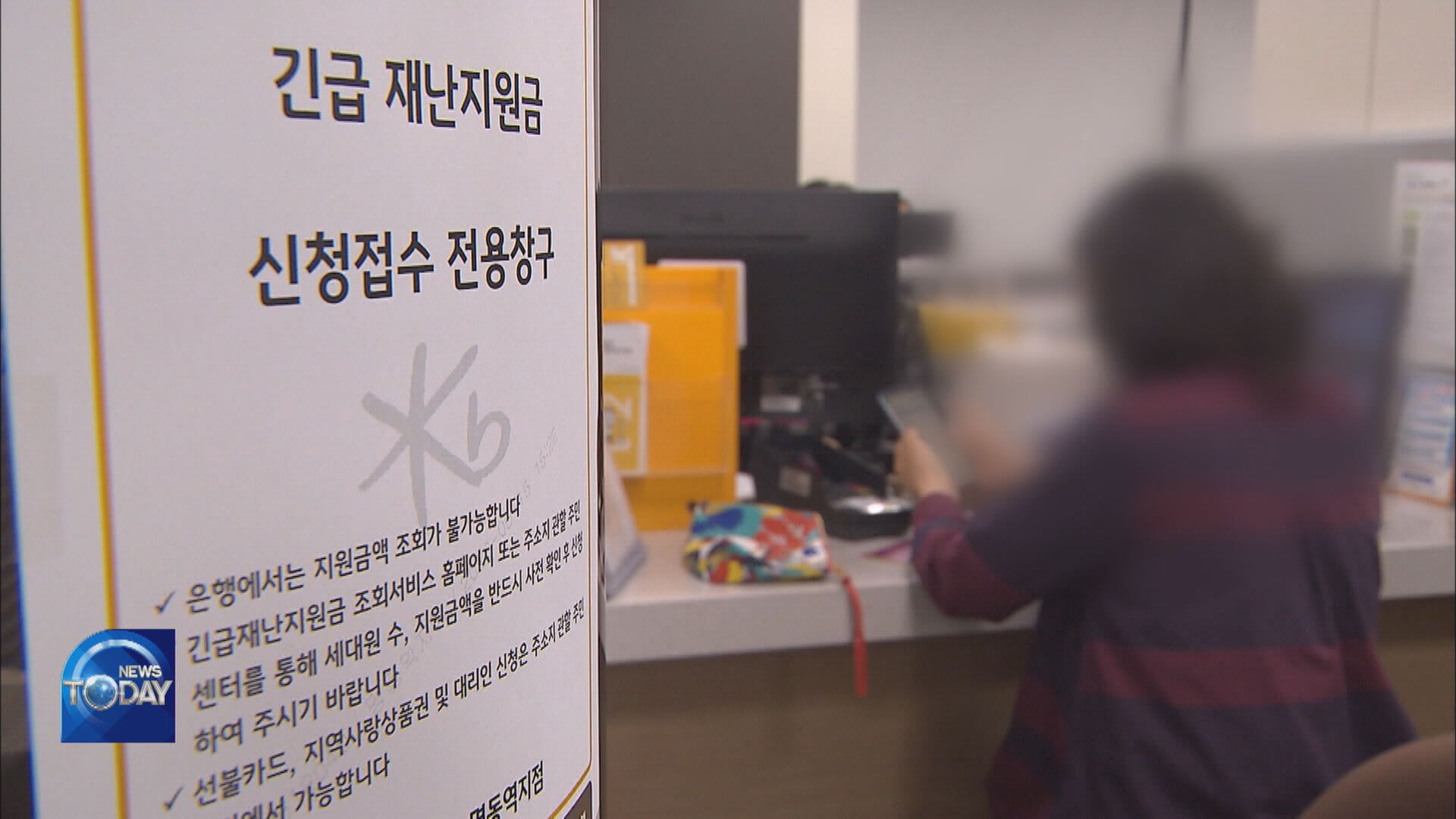
[Anchor Lead]
This year’s second supplementary budget plan has been presented to the National Assembly. The budget amounted to 33 trillion won, the largest ever in terms of expenditure. The amount included disaster relief grants for the bottom 80% income brackets and for small businesses, and credit card cash back programs to revive spending.
[Pkg]
The latest disaster relief grants are given to the majority of Koreans with the exception of those that fall in the upper 20% income bracket. The recipients will be selected through the national health insurance payments.
[Soundbite] Ahn Do-geol(2nd Vice Minister, Ministry of Economy and Finance) : "Every Korean is insured in this health plan and the national health insurance payment is the most universal indicator of income and asset."
Based on the health insurance payment, the government estimates the cutoff line for the lower 80% income bracket to be an annual income of 100 million won for a family of four. This means 18 million households stand to receive disaster relief grants. Each individual in this group will get 250,000 won in aid. Those in the low-income group will receive an additional 100,000 won. A household of four members may be eligible for up to 1.4 million won in cash subsidy. There are exceptions however. Individuals with high-value assets will be excluded from the aid recipient group even if they belong to the bottom 80% of the income bracket, High-value assets are likely to be defined as a house worth more than 900 million won or financial gain from investments that exceed 20 million won. For double-income households, their combined health insurance payments will be the basis for reviewing eligibility. Since double-income households may not be eligible for the grants, the National Assembly representatives are expected to further discuss this matter.
[Soundbite] Yun Ho-jung(Floor Leader, Democratic Party (On TBS Radio)) : "Should we set the grant limit to 80%? I think we should extend the limit for double-income families."
Small businesses that incurred financial losses from disease prevention measures stand to receive up to nine million won in aid. The amount will vary depending on the scale of the revenue, the losses, and the duration of preventive measures the business had to endure. Financial help will be given to 1.13 million business owners who were ordered an operation ban or restriction between August 2020 and June of this year or those who suffered big declines in revenue. Authorities also look to revive spending by introducing a 10% credit card cash-back program for all citizens.
This year’s second supplementary budget plan has been presented to the National Assembly. The budget amounted to 33 trillion won, the largest ever in terms of expenditure. The amount included disaster relief grants for the bottom 80% income brackets and for small businesses, and credit card cash back programs to revive spending.
[Pkg]
The latest disaster relief grants are given to the majority of Koreans with the exception of those that fall in the upper 20% income bracket. The recipients will be selected through the national health insurance payments.
[Soundbite] Ahn Do-geol(2nd Vice Minister, Ministry of Economy and Finance) : "Every Korean is insured in this health plan and the national health insurance payment is the most universal indicator of income and asset."
Based on the health insurance payment, the government estimates the cutoff line for the lower 80% income bracket to be an annual income of 100 million won for a family of four. This means 18 million households stand to receive disaster relief grants. Each individual in this group will get 250,000 won in aid. Those in the low-income group will receive an additional 100,000 won. A household of four members may be eligible for up to 1.4 million won in cash subsidy. There are exceptions however. Individuals with high-value assets will be excluded from the aid recipient group even if they belong to the bottom 80% of the income bracket, High-value assets are likely to be defined as a house worth more than 900 million won or financial gain from investments that exceed 20 million won. For double-income households, their combined health insurance payments will be the basis for reviewing eligibility. Since double-income households may not be eligible for the grants, the National Assembly representatives are expected to further discuss this matter.
[Soundbite] Yun Ho-jung(Floor Leader, Democratic Party (On TBS Radio)) : "Should we set the grant limit to 80%? I think we should extend the limit for double-income families."
Small businesses that incurred financial losses from disease prevention measures stand to receive up to nine million won in aid. The amount will vary depending on the scale of the revenue, the losses, and the duration of preventive measures the business had to endure. Financial help will be given to 1.13 million business owners who were ordered an operation ban or restriction between August 2020 and June of this year or those who suffered big declines in revenue. Authorities also look to revive spending by introducing a 10% credit card cash-back program for all citizens.
이 기사가 좋으셨다면
-
좋아요
0
-
응원해요
0
-
후속 원해요
0










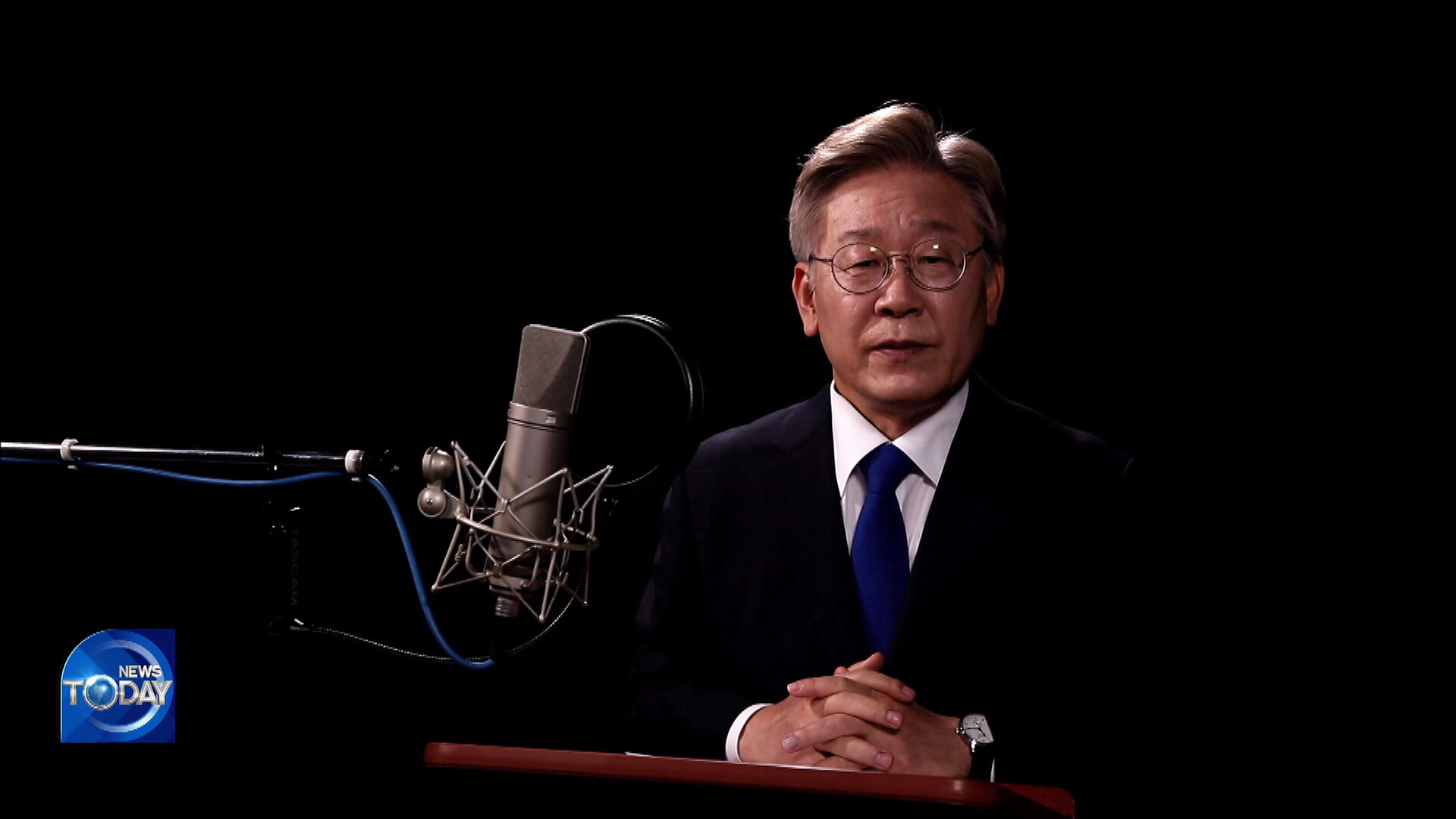
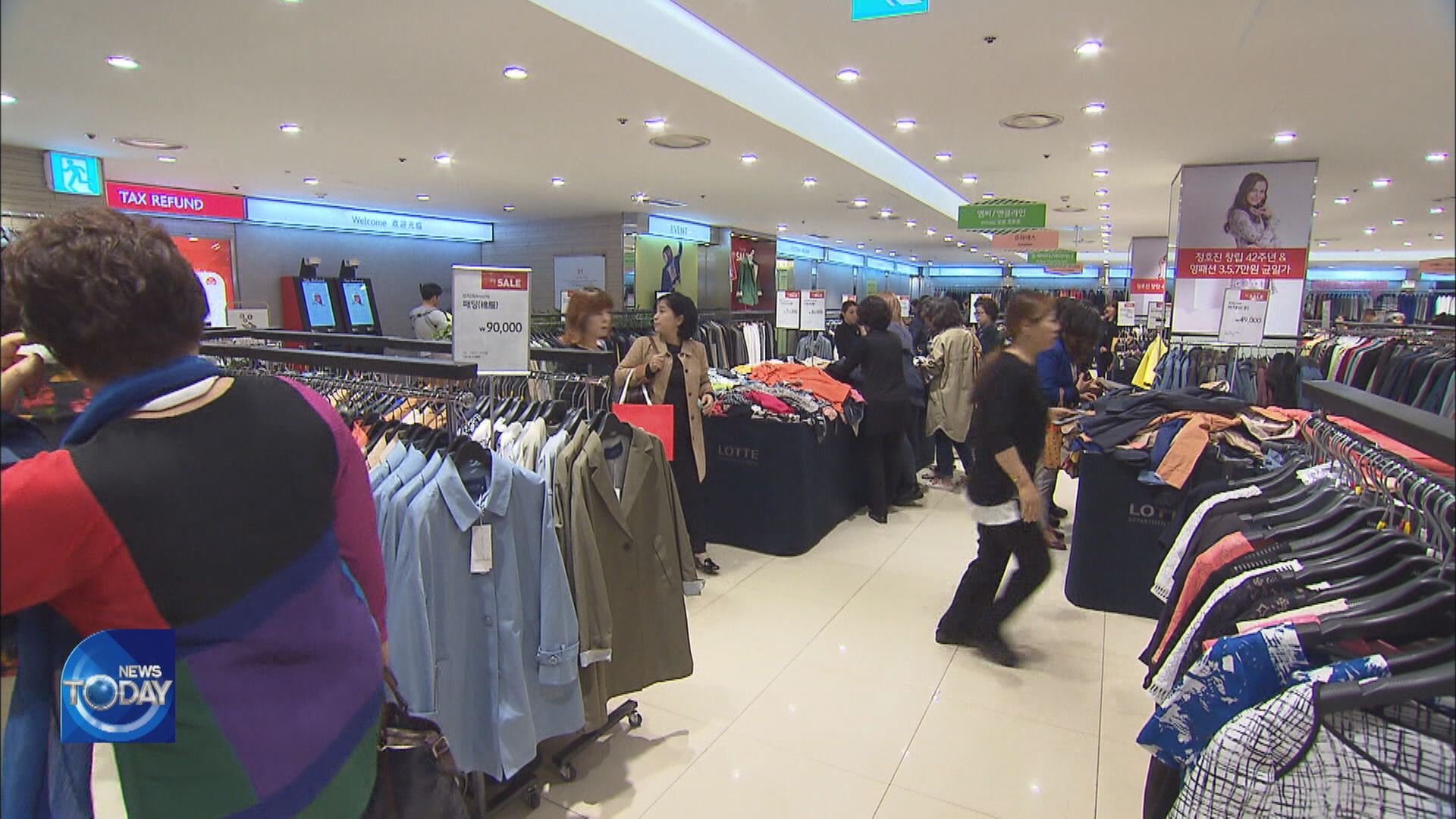
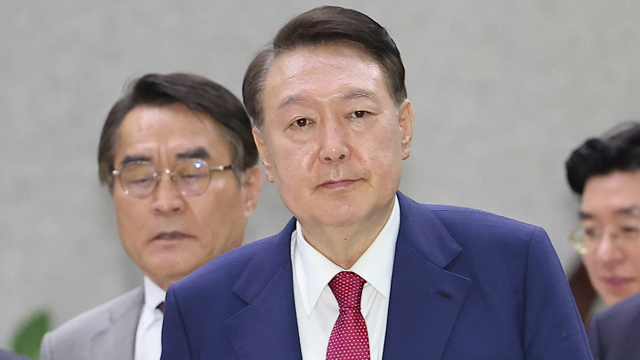
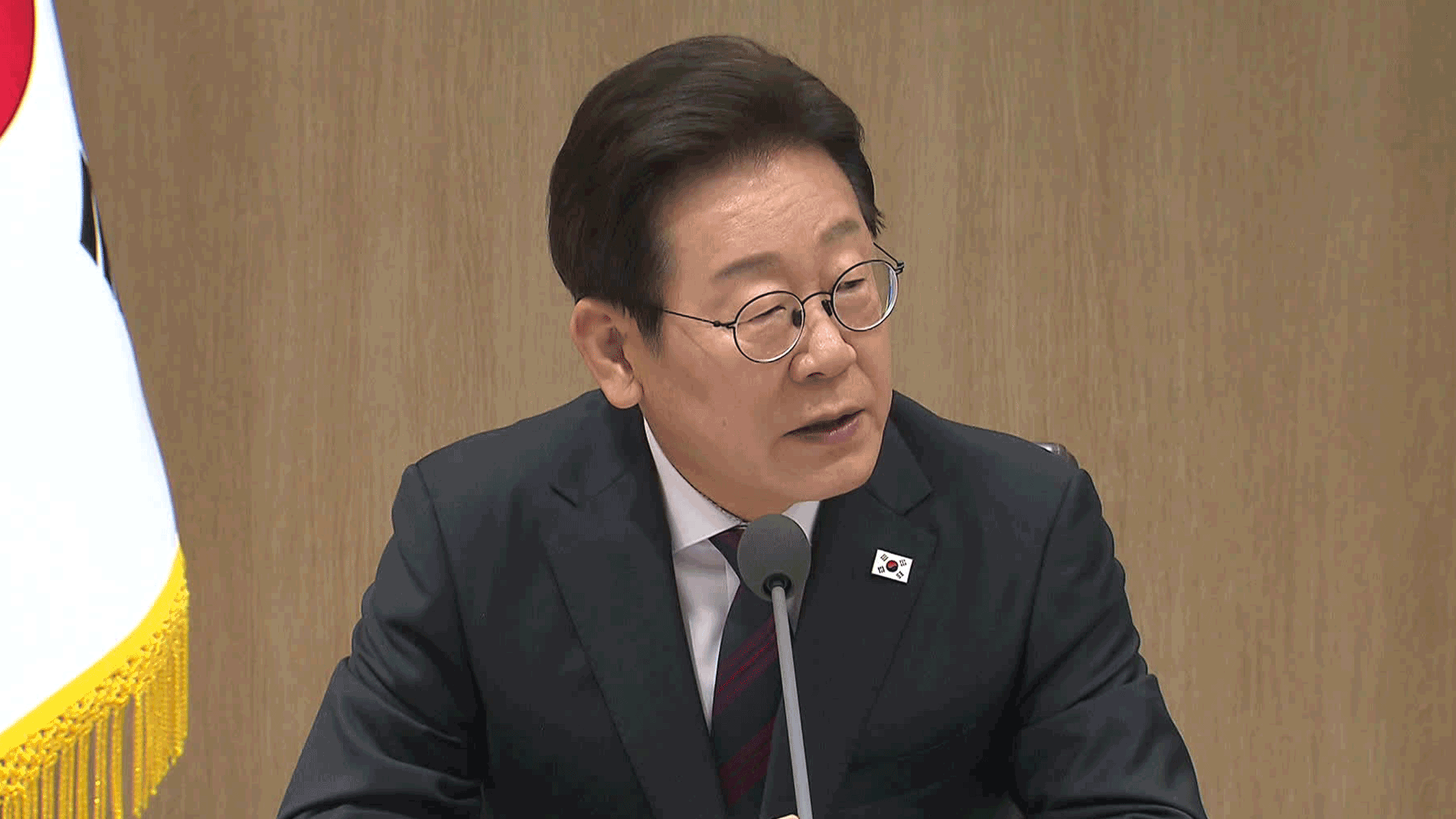
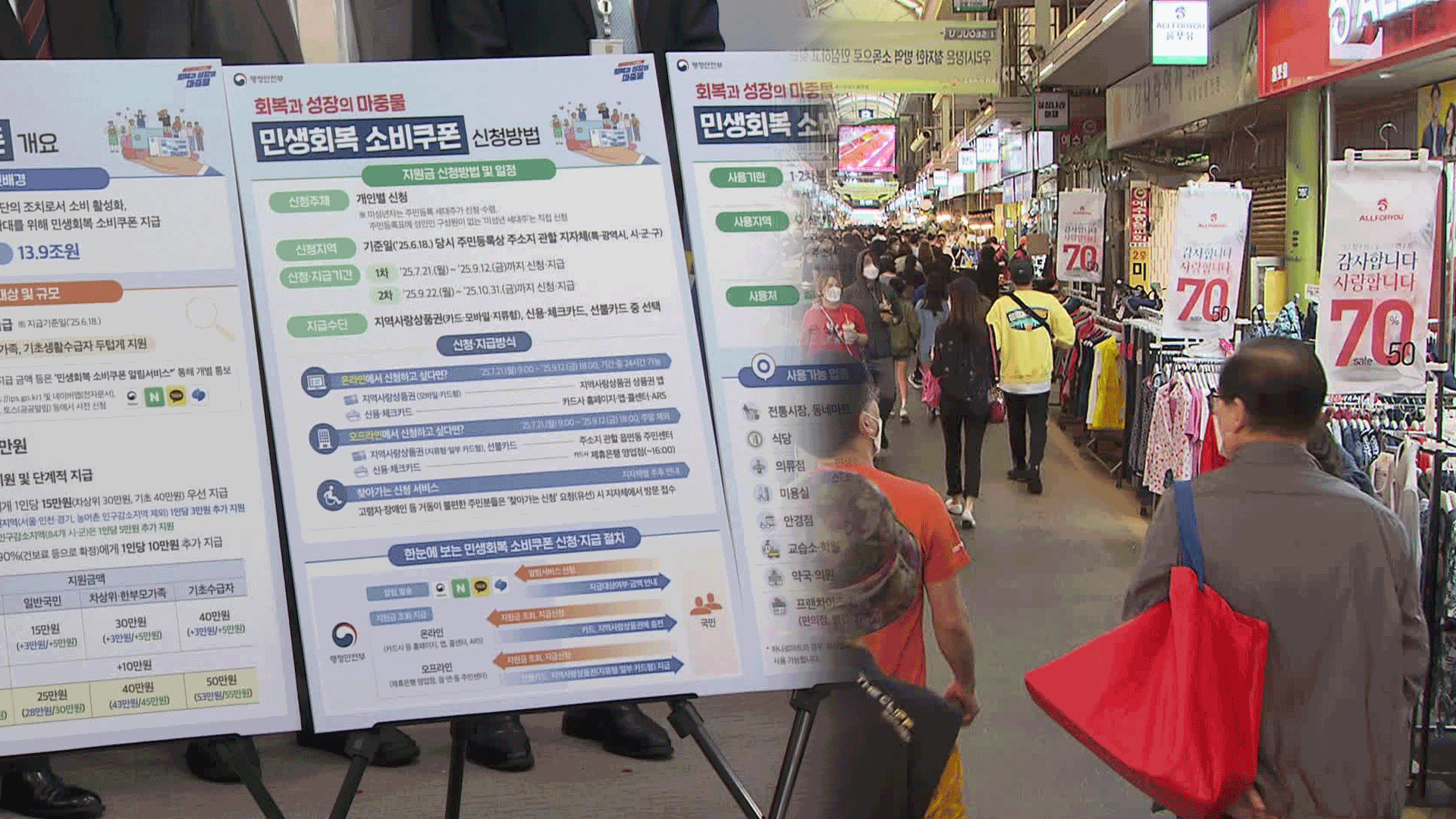
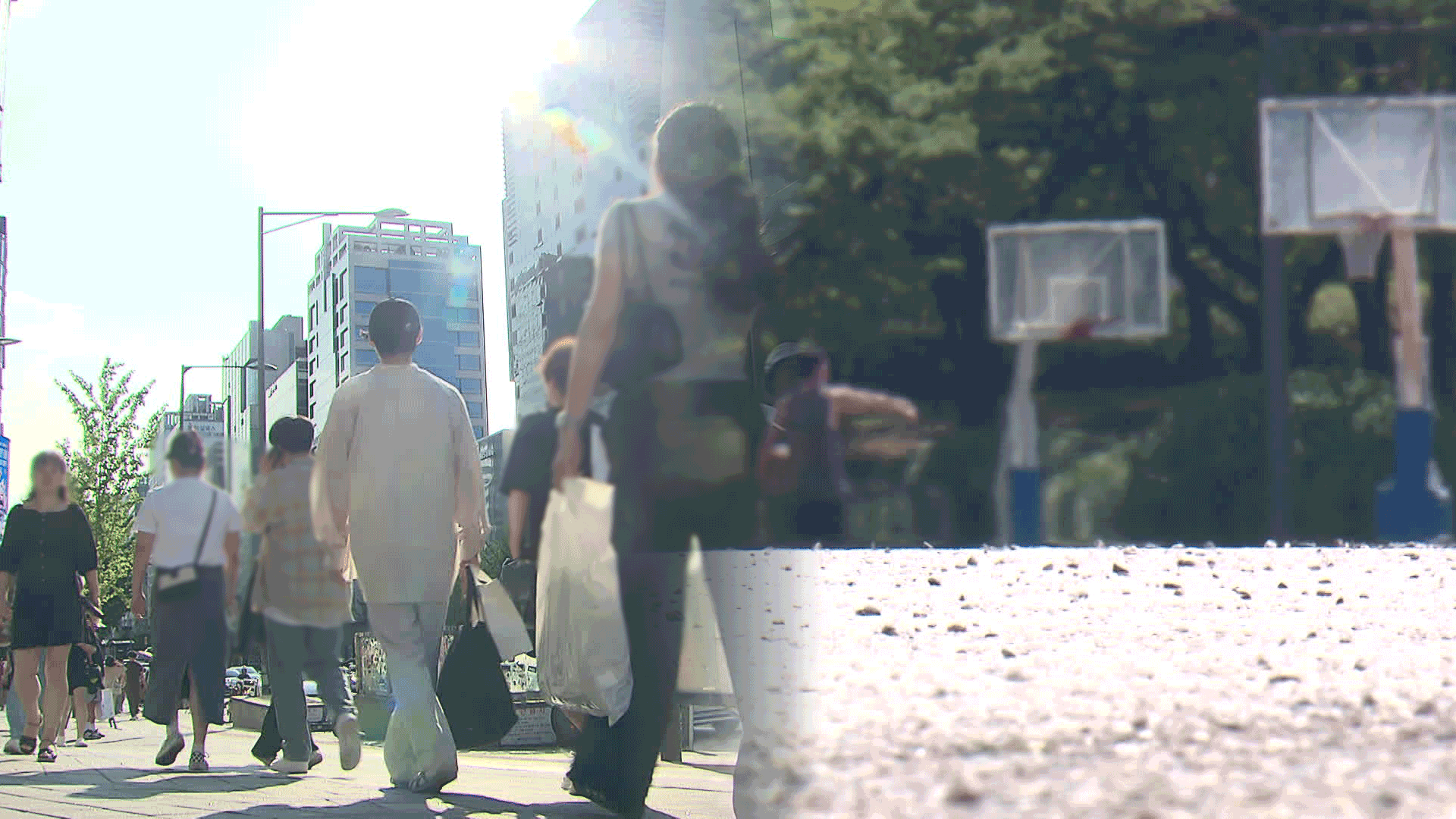

이 기사에 대한 의견을 남겨주세요.